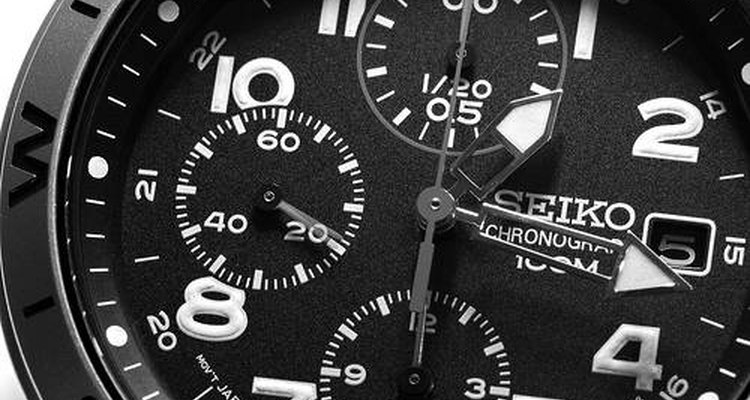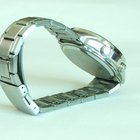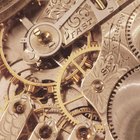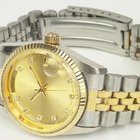
The Japanese-made Seiko watches have become synonymous with detail-oriented craftmanship and durability. The sleek look and attention to detail have made these watches a favorite since 1881 when the company began as the brainchild of master watchmaker K. Hattori. With such a rich history, it is no wonder that the exact production year of many of the watches is difficult to determine.
Figure out the decade you purchased your watch, or when you think your particular watch group was manufactured. Unfortunately, this information is vital to dating your Seiko as the serial number does not provide any more clues. The "movement" of the watch will help you identify the decade it was made and should be found on the case the watch came in. Refer to the Seiko Movement Table for a list of movements (see Resources).
Look at the serial number. The first digit of the serial number represents the year within the decade (for example, if your watch was made in 1995, the serial number would begin with a 5). The second digit represents the month. The numbers 1-9 stand for the months January-September, with O for October, N for November and D for December.
Examine the date and time plate on the watch if you are looking to date one in the Seiko 5 series. Watches made prior to the 1990s will be metal, while all watches made afterward are plastic. However, you must be careful when determining this, because metal date and time plates sometimes signify a counterfeit watch.
Go to the Seiko Date Calculator website to have your watch dated for you (see Resources). They currently handle movements dating back to 1957.
Related Articles

How to Determine the Authenticity of ...

How to Identify Your Tissot

How to Date Omega Watches

How to Find Out How Much a Rolex Watch ...

How to Change the Date on a Rolex

How to Tell If a Rolex Is Stolen

How to Change a Battery in a Guess Watch

The History of Geneve Watches

Instructions for a Seiko Perpetual

Instructions for a Fossil Adjust-O-Matic

How to Set a Stauer Watch

How to Identify a Knockoff LeCoultre ...

How to Set the Date and Time on a Rolex ...

How to Set a Festina Watch

How to Tell a Fake Casio Watch

How do I Tell a Fake Omega ...

How to Identify a Real Movado Watch

Instructions for a Casio AW590 Watch

Sector Watch Instructions

How to Change the Date & Time on a ...
References
Writer Bio
Writing since 2008, Fiona Miller has taught English in Eastern Europe and also teaches kids in New York schools about the Holocaust. Her work can be found on Overstock.com, ConnectED and various other Web sites. Miller holds a B.A. in French from Chapman University and an M.A. in educational theater from New York University.
Photo Credits
Image credit gcardinal